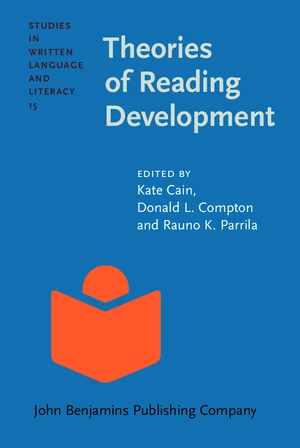Orthographic mapping (OM) involves the formation of letter-sound connections to bond the spellings to the pronunciations and meanings of specific words in memory. It explains how children learn to read words by sight, to spell words from memory, and to acquire vocabulary words from print. This development is portrayed by Ehri (2005a) as a sequence of overlapping phases, each characterized by the predominant type of connection linking spellings of words to their pronunciations in memory. During development, the connections improve in quality and word-learning value, from visual non-alphabetic, to partial alphabetic, to full grapho-phonemic, to consolidated grapho-syllabic and grapho-morphemic. OM is enabled by phonemic awareness and grapheme-phoneme knowledge. Recent findings indicate that sight word reading is facilitated by OM when beginners are taught about articulatory features of phonemes and when grapheme-phoneme relations are taught with letter-embedded picture mnemonics. Vocabulary learning is facilitated when spellings accompany pronunciations and meanings of new words to activate OM. Teaching students the strategy of pronouncing novel words aloud as they read text silently activates OM and helps them build their vocabularies. Because spelling-sound connections are retained in memory, they impact the processing of phonological constituents and phonological memory for words.
Price history
▲32.71%
Jan 27, 2022
€135.53
▼-0.05%
Jan 26, 2022
€102.13
▼-0.54%
Jan 24, 2022
€102.18
▼-0.08%
Jan 18, 2022
€102.74
▲0.54%
Jan 17, 2022
€102.82
▼-0.06%
Jan 11, 2022
€102.27
▲0.29%
Jan 10, 2022
€102.33
▲0.9%
Jan 4, 2022
€102.04
▲1.22%
Dec 28, 2021
€101.13
Dec 23, 2021
€99.91

